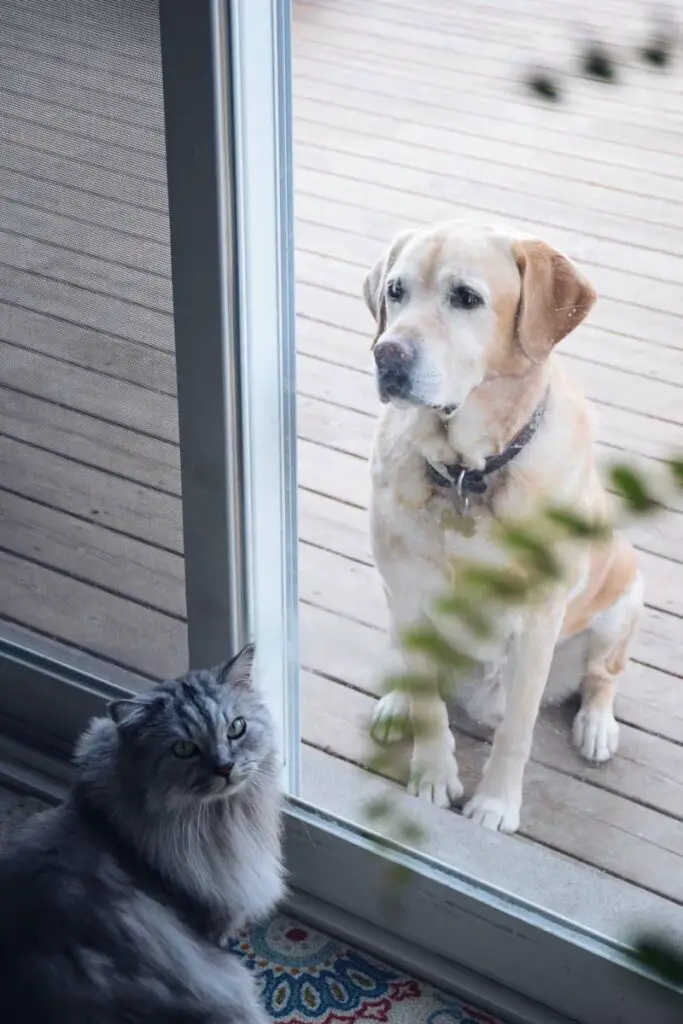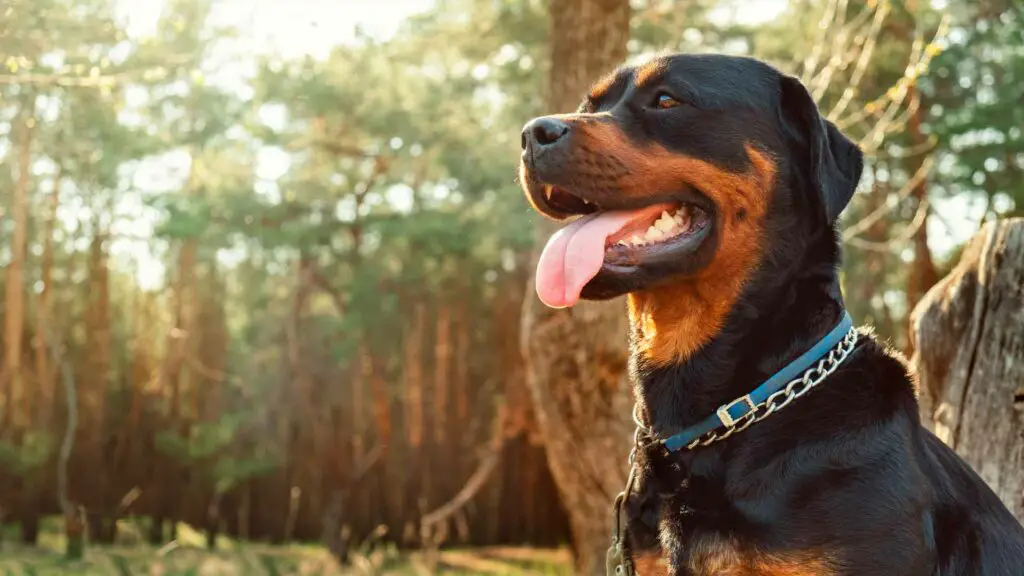Why Owning A Labrador And Cats Works Well

Some breeds of dogs aren’t suited to living with cats; unfortunately, that’s just the way it is, but Labradors are well-suited to share life with their cat friends. Here are some benefits to owning a Labrador when you already have cats.
Social Behavior
Most dog lovers will know that Labradors are friendly pets, not only to us humans but also to other animals. All dog breeds have their perks, but not all can get on with other pets, especially as some get jealous or restless easily around others. In general, Labradors will be happy to be around others and to share a space with a cat. Unlike the Labrador retriever, cats are more likely to be jealous, but this sentiment is more than likely to be a cat-only problem.
Cats Can Relax
Cats are agile and independent; they often roam around and do their own thing. These traits are a bonus when adding a dog into the home space; if the cat feels overwhelmed, they have the intelligence to slink away until they feel comfortable again. Cats are very social, but they often need more alone time than dogs. If you already own a cat, they’ll probably already have claimed a few spots around the house as their own. Keep these clear from the Lab so that they have places to hide and relax when needed.
Well Trained
Another general bonus to owning a Labrador retriever is that they’re easily trained. This not only makes them eBay to live with, but it also benefits your cat too. Once your new pup is introduced into your living space, they’ll naturally catch on to what they can and can’t get away with when it comes to annoying the cat. This can be helped by formal training or home-training, and the Labrador will quickly work out what the status quo is.
Can Hunter Breeds Live With Cats?
Many people ask if hunter breeds can live harmoniously with cats or if they should just stick to ‘friendly’ dog breeds. While most hunter breeds will naturally chase the cat due to prey drive or boredom, sometimes these breeds get on with cats even better than the expected ones.
If a hunter dog is trained to live with a cat, their chances of living together well are higher; they often become excellent friends with the cat-like they usually do with children. Dog breeds like German Shepherds and Akitas often live well with cats after brief training; patience and persistence are key to a happy home full of pets.
Will Labradors And Cats Become Friends?
Labradors were historically used for retrieving, unlike gundogs, commonly used to chase and kill prey. This means they don’t naturally have the urge to attack small animals. When a Labrador barks at a small animal, it’s usually due to territorial instincts, but this shouldn’t be a worrying sign since it can be unlearned through training and grooming exercises.
All in all, yes, Labradors and cats can be friends! While all pet scenarios will differ, the general rule of thumb is that with good training and comfortable space, these two animals can exist together well. If they do establish a bond, you may even catch them snuggling, teasing, or even licking each other. After years the two friends will have a unique bond and lots of love for each other.











